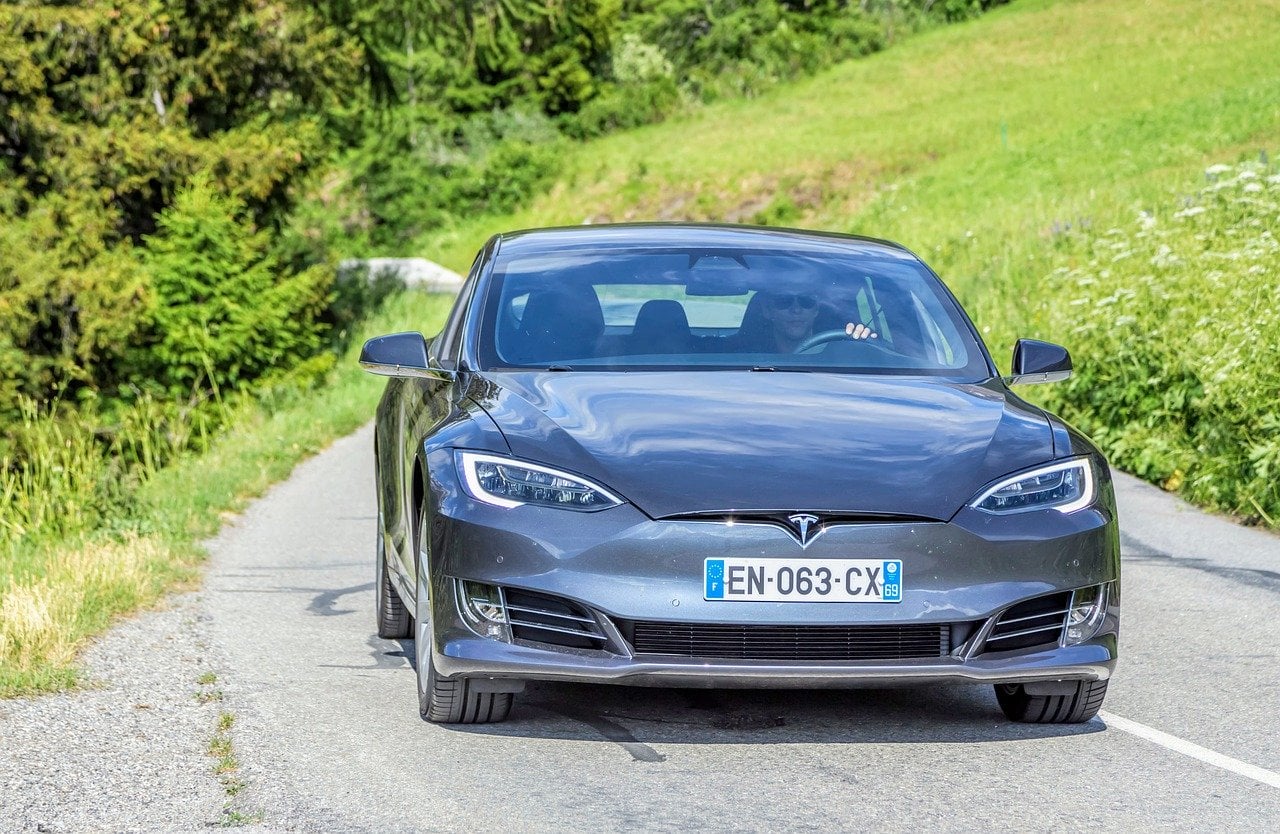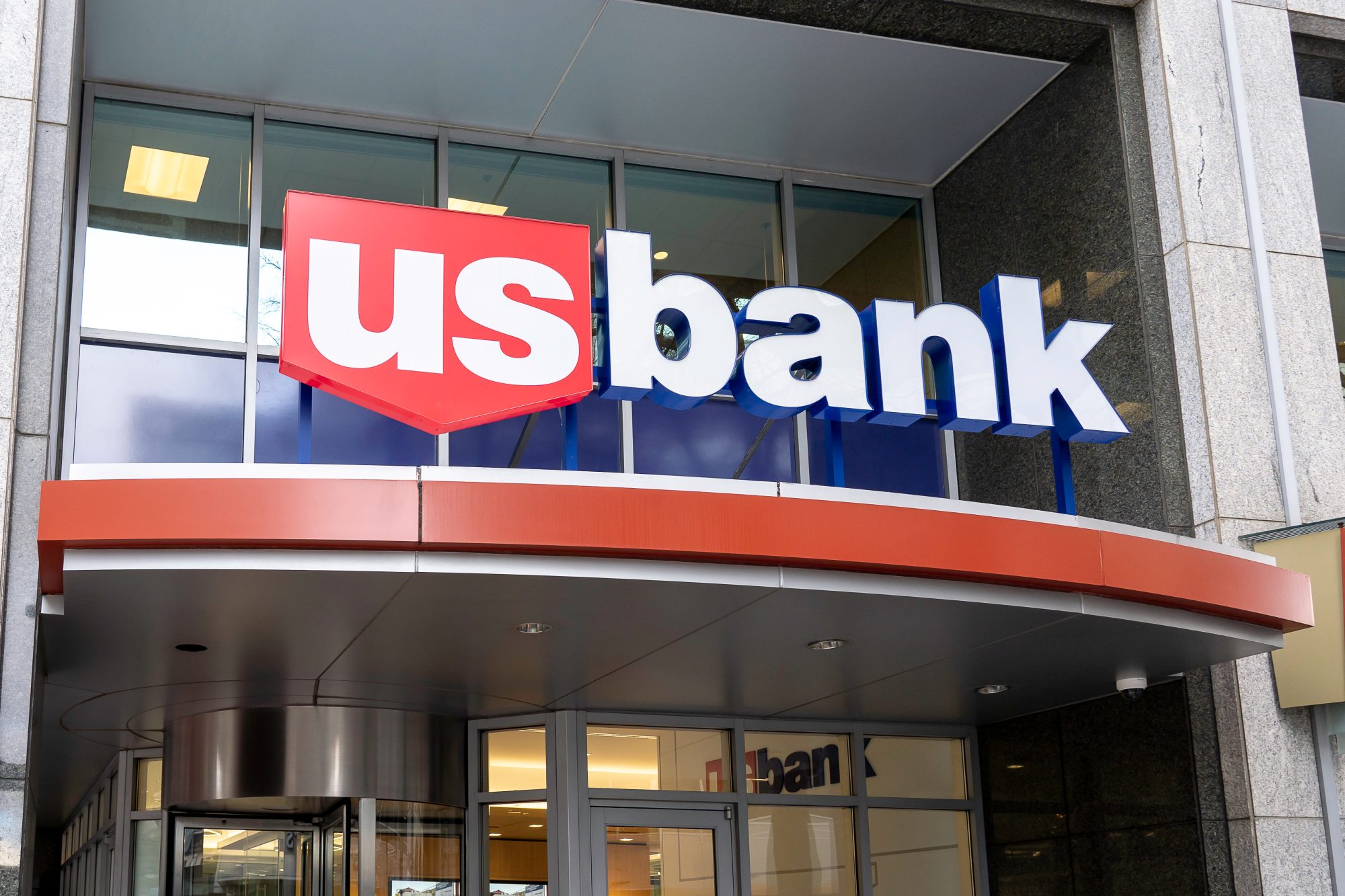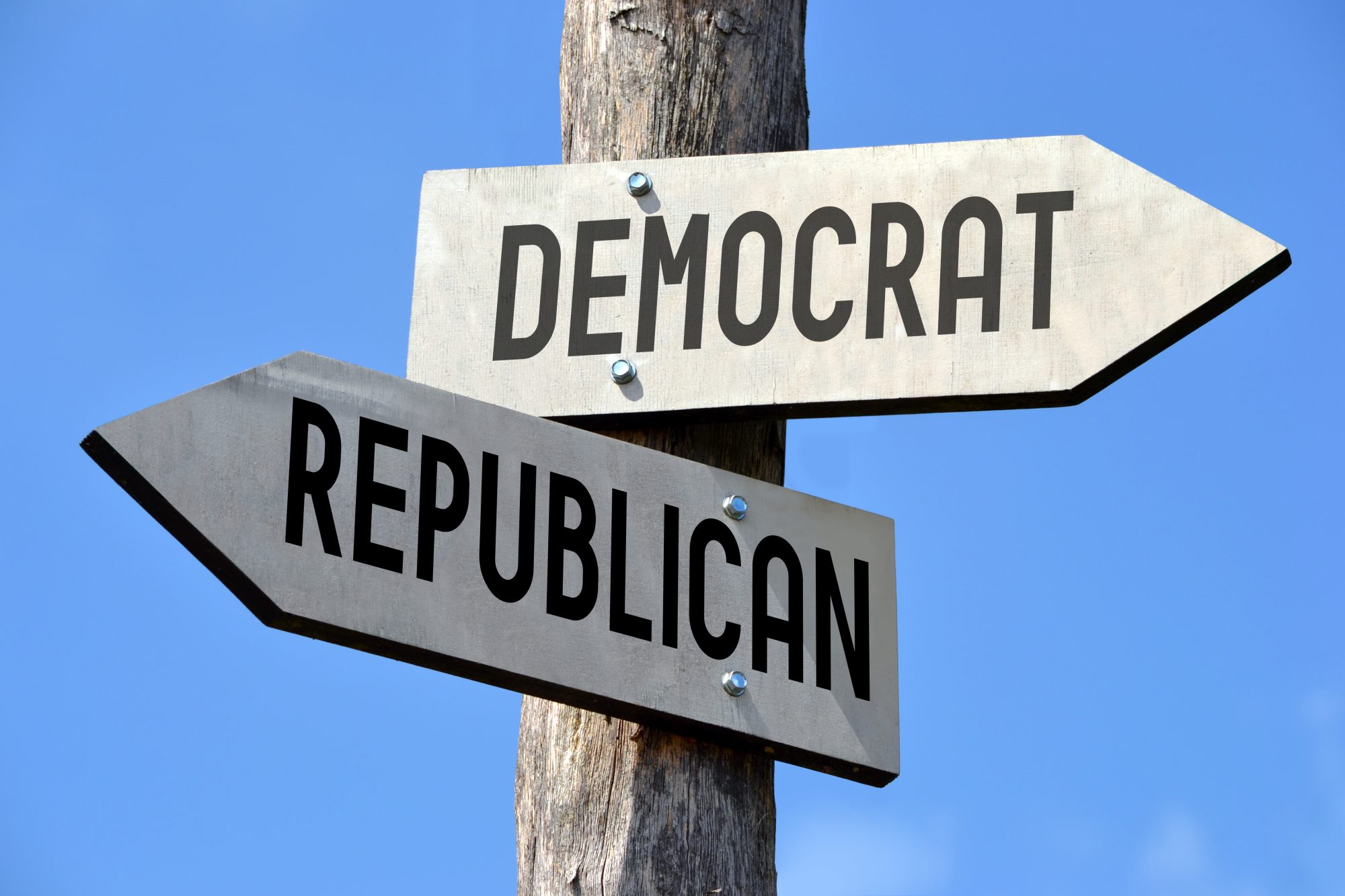Whitney Tilson’s email to investors discussing there is no “unintended acceleration” in Tesla Inc. (NASDAQ:TSLA) vehicles; comments and responses; The investor clash behind Tesla’s surge toward $100 billion in market value.
1) Here is Tesla’s statement re. unintended acceleration:
Q4 2019 hedge fund letters, conferences and more
There is no "unintended acceleration" in Tesla vehicles
The Tesla Team January 20, 2020
This petition is completely false and was brought by a Tesla short-seller. We investigate every single incident where the driver alleges to us that their vehicle accelerated contrary to their input, and in every case where we had the vehicle's data, we confirmed that the car operated as designed.
...............
We are transparent with NHTSA, and routinely review customer complaints of unintended acceleration with them. Over the past several years, we discussed with NHTSA the majority of the complaints alleged in the petition. In every case we reviewed with them, the data proved the vehicle functioned properly.
2) My analyst Kevin responds to my friend’s arguments in a recent email:
I agree with you 100% that auto executives are evaluated by profits and none of them in their right mind would want to sell any more money losing EVs than is legally mandated. This is precisely the reason Tesla is still the leader in EVs and will continue to be for the foreseeable future. Incentives drive everything and, although you tried to rip my thoughts to shreds on this in the past, it turned what I wrote last year came true: https://www.valuewalk.com/tesla-lead-integration-of-hardware-and-software/
Difficult to know how much of this was pure luck, but for now, I was still right on nearly everything I predicted.
With battery costs continuing to decrease, don’t you believe EVs can eventually be profitable? Let’s discuss this.
Tesla’s cars are clearly more efficient than the legacy automakers on any measure. For example, the Model X gets 91 more miles of EPA range relative to the Audi e-tron and 121 more than the Jaguar I-Pace - using a battery that’s only marginally larger. https://www.roadandtrack.com/car-culture/a28992689/manufacturers-are-emphasizing-efficiency-more-than-ever/
Some Tesla bears claim that they chose to use a more volatile chemistry that increases the risk of battery fires and decreases the longevity of the pack. OK, let’s assume this is true and Tesla chose this path in order to take this risk in order to gain an enormous benefit. What is this benefit? Profits.
That’s right, I am claiming that Tesla’s choice of battery chemistry and pack design will guarantee that it is the first company on Earth to have a profitable EV program. Before you fall off your chair, let me explain.
Battery cells are essentially commoditized, but these cells are arranged into modules and then these modules are organized into the battery pack. The way these cells are organized into modules and packs is not commoditized and Tesla seems to have a very unique way of doing this. Yet, the legacy automakers should be able to reverse engineer this by now so why haven’t they? Without getting too deep into the weeds lets just say that even if they did, they still wouldn’t have the same efficiency as Tesla’s packs because legacy auto in aggregate decided to use lower energy dense cells claiming to optimize for safety and longevity.
We can discuss the pros and cons of this approach for hours, but let me just get back to the point that this strategy by Tesla will enable them to be the first profitable EV maker. It turns out, using the most energy dense cell and enabling this through battery module and battery pack innovations has ENORMOUS benefits, but is extremely difficult to do. I can’t blame legacy auto for not making these immense efforts and investments towards a money losing product that would only cut into their profitable ICE vehicles – and of course their stock buybacks, EPS, and stock options.
Tesla has the most efficient cars by far and this enables them to have the longest range EVs and, in turn, use materially less kWh of batteries for any given range and weight. To be clear, this is also enabled by their ability to design EVs from the ground up with very low drag coefficients (drag goes up exponentially with speed) and many other optimizations that have been made over the years by some of the best engineers in the world with properly aligned incentives. Whatever the “secret sauce” is, however, this efficiency allows them to use materially less kWh of batteries for any given range and weight. Since batteries are heavy, this advantage gives them an even more substantial lead in range and cost. See this “core efficiency” table that takes into account all the factors that matter in a more accurate way of measuring efficiency: https://i.imgur.com/bU71ygq.png
In order to truly take full advantage of this dynamic, however, Tesla needs to sufficiently scale the production of battery packs in order to continue to bring down the cost/kWh. Luckily, Tesla is now the largest battery pack producer in the world and all indications lead to the conclusion that they have the lowest cost/kWh at a pack level of any manufacturer in the world. This wouldn’t have been possible if the bears were right and the “demand cliff” came to pass last year, but they were wrong and I believe they will be wrong again in 2020 and beyond.
So, they have the lowest cost per kWh, they need the least kWh per given EV range and weight, AND they have the ONLY, compelling, desirable large scale EV in the world. Put these all together and what do you get? Profits. Keep in mind this is before implementing new innovations that we are sure to see soon during their upcoming battery and powertrain investor day.
Rumors are the first Model Y deliveries will take place in 2 weeks. This product will be even more profitable than the Model 3. Analyst estimates are insanely too low for 2020 given Model Y production coming online and Gigafactory 3 continuing to ramp with Chinese demand through the roof. It is game over for the short case without even discussing Tesla’s enormous software advantage. With 20% of the float still short, it is extremely unlikely in my opinion that we have reached the top of this new trading range.
Did Musk and Tesla make this calculated bet on higher density cells for profits? Of course not. This goes back to the age-old debate on the purpose of a corporation. Is it truly just for profits and shareholders?
Tesla exists to accelerate the world’s transition to sustainable energy. This mission allows Musk to recruit the best talent in the world and everything at the company leads back to this goal. One of the only ways to achieve this goal is to make great products that people love and this is how Musk, for example, was able to convince his chief designer Franz von Holzhausen to leave his secure position at Mazda to join an incredibly risky Silicon Valley startup. This is similar to how Jony Ives almost quit his job at Apple until Steve Jobs came back and reinvigorated him by bringing the focus back to great products over just profits and saved the company from bankruptcy.
By the way, this strategy turned Apple into the second most profitable company in the world (do we really have to count Saudi Aramco?). In the words of Jack Welch, of all people, “On the face of it, shareholder value is the dumbest idea in the world. Shareholder value is a result, not a strategy….Your main constituencies are your employees, your customers and your products.”
https://www.ft.com/content/294ff1f2-0f27-11de-ba10-0000779fd2ac#axzz1eiLpL2PZ
You are correct - the metric by which auto executives are evaluated is profitability and this “strategy” is driving legacy auto, pun intended, off a cliff. You have to give Herbert Diess, the CEO of VW, a lot of credit for realizing this. However, the transition into the car company of the future will be extremely difficult as he recently admitted:
Of course saying profits and Tesla in the same sentence will bring on a lot of laughs, but I am quite certain that they are on the cusp of breaking through a fixed cost ceiling that – combined with continued insatiable demand for the product – will enable structural profitability and this is what the market has recently realized.
3) A reader responds to Arne Alsin’s bull case:
If that's the best bull case then the bears should feel quite good about their positions. AMZN and NFLX are not capital intensive businesses and scale far differently than something like a TSLA. The marginal cost to support a new customer for each is quite low. For TSLA, they have to build a new car for each new customer. It seems many investors forget that. It really is a car company. To compare it to AMZN and NFLX is kind of nuts. The brand has not been around long enough in scale to know whether or not there is any "consumer fidelity to the brand."
However, with the model 3 being produced in size now, we will soon see how well made it really is and if it can be supported well by their service centers - color me doubtful. They don't appear to have any advantage whatsoever in the energy business and it is pretty much nonexistent.
The fact that the investor believes they are ahead in autonomous driving simply demonstrates that he hasn't actually done any meaningful research into the topic. Many of his claims will be put to the test in 2020 but given where the shares are priced there is an awful lot of optimism baked in and it sure appears that there is more risk to the downside. If we assume that robotaxis aren't coming any time soon (ask ANY expert), then the question really is how much profit can they make in 2020 even under an optimistic scenario and what will be the growth trajectory going forward. I think the bulls will be quite disappointed as we work our way through 2020.
4) An interesting comment from a Tesla short:
These people don’t realize they’ve been “right” for the wrong reasons. I often ask myself, “What should I have learned from this experience?” The problem with answering that question with anything but “Nothing, because it was a total fluke!” is that 999 times out of 1000 being short big a stock like this (that checks EVERY box) would’ve worked! You can’t change your investing philosophy due to a freak of nature, lol.
My view: This is a really interesting question. Did short sellers make a good bet and just get unlucky, as this short seller claims, or was it a bad bet? My best (albeit self-serving) guess is: both. I think it was a good short when I made my big call in March at $300, as the company was losing money and there were big questions about demand, whether the China factory could be completed on time, etc. Sure enough the stock fell to $178 in 3 months.
At this point, I STILL think it was a good short, as there was a real possibility of a zero. So I don’t beat myself up for maintaining my sell recommendation, even as the stock rose to $250.
But the moment Tesla reported a profitable Q3, that shredded my short thesis and it took a zero off the table – and thus it instantly became a bad short and you had to cover, even into the rally to nearly $300 the next morning.
5) An article just posted on the WSJ website: The Investor Clash Behind Tesla’s Surge Toward $100 Billion in Market Value.
Rebuttal to unintended acceleration allegations
Whitney Tilson's friend responds to his analyst Kevin’s arguments in the above email (thanks for the fascinating debate gentlemen!):
“Tesla’s cars are clearly more efficient than the legacy automakers on any measure. For example, the Model X gets 91 more miles of EPA range relative to the Audi e-tron and 121 more than the Jaguar I-Pace - using a battery that’s only marginally larger.”
-- Actually, a Tesla’s range is zero when it is found in its natural habitat -- on the bed of a tow truck, by the ditch at the side of the road, or in the service center for a few months awaiting repair. So, as a rational buyer, you have to average the maximum or rated range, with the lifecycle averages, including the inconveniences of getting stuck with a car that’s a brick from time to time. I think that in the long run, most non-fanboy customers would gladly trade a little shorter range in favor of not having to become close friends of the tow truck operator.
“Some Tesla bears claim that they chose to use a more volatile chemistry that increases the risk of battery fires and decreases the longevity of the pack. OK, let’s assume this is true and Tesla chose this path in order to take this risk in order to gain an enormous benefit.”
-- I agree 100%. Tesla does trade the short-term gain of a higher EPA rating in favor of a shorter and less reliable lifecycle, including fire risk. If only Tesla could advertise this tradeoff to its prospective customers! “On a good day, you might be able to travel a few more miles before needing to recharge, and on a bad day, you may perish in a ball of fire”
“The way these cells are organized into modules and packs is not commoditized and Tesla seems to have a very unique way of doing this.”
-- Yes indeed, they have a unique way of increasing fire risk and making the pack expensive to repair. That’s why all automakers have refused to copy it.
“Yet, the legacy automakers should be able to reverse engineer this by now so why haven’t they?”
-- I have asked them. They have all torn down dozens of Teslas starting already in 2012, and their conclusion is uniform: Tesla’s way of assembling its packs does not pass their safety tests, and it makes the pack very expensive to repair, if there’s a defective cell or equivalent. Automakers don’t like recalls, they don’t like to be sued for preventable deaths, and they don’t like long-term costs and issues that could impact their long-term reputations.
“I can’t blame legacy auto for not making these immense efforts and investments towards a money losing product that would only cut into their profitable ICE vehicles”
-- That’s ludicrous per definition, of course. If an automaker had a better way of doing it, they would do it. They cannibalize themselves all the time. The BMW X3 cannibalizes the BMW 3, for many years their diesel engines cannibalized their gasoline engines. To the other point, however -- not wanting to make loss-making products, that’s obviously true. But that’s separate from somehow holding back R&D.
“very low drag coefficients”
Having the lowest possible drag coefficient may be a good thing -- all other things equal. However, all other things are not equal. A rain drop has the lowest possible drag coefficient -- but people don’t like to drive around in rain drops with wheels. Rather, the most popular light vehicles in the U.S. market today are the ones with the *worst* drag coefficient: Pickup trucks and the Jeep Wrangler, for example. Take the Audi eTron, for example. Audi could have made it with a lower drag coefficient. Their designers had a proposal for that. The people who are actually responsible for selling the vehicle, however, voted for a version of the car that was a lot more square, tall and upright. Why? Because that’s what most customers want. About those door handles? Audi’s top priority is the ease by which first responders can get into the vehicle in the case of an accident. Tesla’s first priority is aerodynamics, which has the negative side-effect of increasing the probability of the vehicle being transformed into a mobile crematorium:
Everything’s better with fire
— Elon Musk (@elonmusk) 31 March 2018
“all indications lead to the conclusion that they have the lowest cost/kWh at a pack level of any manufacturer in the world”
-- They’re the single largest one. What’s the cost advantage of that? Nobody knows, because there are only manufacturer claims, and nobody should trust any of them, especially in this area. What automakers do tell me is this: The scale benefits of battery (cell and pack) production are achieved relatively quickly, at fairly “modest” (undefined) volume. Why? Because the process is almost completely automated. At a fairly modest production volume, you have already squeezed out 97% or whatever, of the scale benefits.
One analogy to the battery scale benefits, is the final assembly of the car itself. While there are a handful of car factories in the world where a variety of buildings have been jammed together to create capacity of anywhere from 600,000 to little over 900,000 vehicles per year, produced -- it’s not what anyone is building brand new today.
Basically, automakers have come to realize that under any but the most unusual conditions, it does not make sense to build a new factory that makes more than 300,000 cars per year. The range for newly announced car factories is 150,000 to 300,000 per year, in almost all cases. Even Tesla’s new factory in Shanghai isn’t likely to make more than 150,000 cars per year anytime soon -- and certainly not more than 300,000 even in the longer run.
The point is simply this: Perhaps just like with the car’s final assembly itself, battery production is also reaching its “full scale” benefits at some number that isn’t counted in the millions of units per year. I don’t know what that number is, but automakers tell me that they get to very close to 100% scale benefits at a much smaller number than is generally believed. Battery cell-makers such as LG, Samsung, SKI, CATL and Panasonic are perfectly capable of figuring this out.
“Rumors are the first Model Y deliveries will take place in 2 weeks.”
-- Yes, could be, at least under Tesla’s definition of delivering what other automakers call “pre-production validation test units” and calling that “deliveries.” Other automakers crush these cars once their employees first have driven a few hundred of them 12-24 months., before actual production begins. Tesla knows it’s dealing with a generalist press and fanboys, so it releases its guinea pigs onto an unsuspecting public and calls it a victory:
View this post on Instagram
Perjantain ja lauantan välisenä yönä elohopea laski Ivalossa -24 pakkasasteeseen. Aamulla Tesla Model 3:n ovet tekivät näin. Latauskin oli yön aikana keskeytynyt, mutta ainakin Teslan virheilmoituksen mukaan vika oli ulkoisessa virtalähteessä. -24°C in Ivalo, Finland. This is what happens to Tesla Model 3 rear doors. #talviauto2020 #wintercaroftheyear
That said, I think the Model Y looks very good. I have seen it a few times in person, in the wild, and I think the design is very well executed -- just like I also like all the other Teslas to date, 3, S and even the X. One of Tesla’s main successes is its basic exterior design, which is among the better in the industry.
While I’m giving praise, I should also point out that all automakers are in agreement that Tesla has done the best job in the industry to date in terms of rapidly bringing to market new software features. We can agree or disagree how useful or positive those features are, but Tesla does iterate quicker than any other automakers, and has no inhibitions in springing them upon the customers seemingly without hesitation.
“This product will be even more profitable than the Model 3”
-- How would we know that? We don’t know what it costs to produce, or the cost of any product errors or recalls that result from releasing the car prematurely. Maybe Tesla will get lucky and avoid the biggest potholes there, but normal automakers know the consequences of taking too much risk and failing. As for the cost of making it, we only have Tesla’s word, which is to say nothing.
“Chinese demand through the roof”
-- How much will sales in China increase compared to the current Model 3? Tesla sold 29,389 units of the Model 3 in China in 2019, with all the pent-up demand behind, from 3 years worth of a waiting list: http://ev-sales.blogspot.com2020/01/china-december-2019.html
That made the Model 3 the 8th best-selling plug-in in China in 2019, with a whopping 2% market share among EVs. Even if it had tripled, it still wouldn’t have made the #1 spot. Where could it go in 2020? I am thinking it will just about triple, to my estimate of 90,000 units. In a flat market, that would appear to take the Model 3 to a giant 6% market share for EVs in China.
“Of course saying profits and Tesla in the same sentence will bring on a lot of laughs, but I am quite certain that they are on the cusp of breaking through a fixed cost ceiling”
-- In the short run, almost any bottom-line scenario is possible, given the flexibility in GAAP accounting. I think a Q4 profit is entirely possible, although not a given. I think the broader perspective is this: Tesla reported a 8% revenue decline in Q3, and I don’t think Q4 will be too far from showing flat revenue over last year’s $7.2 billion. Yes, Tesla might be able to eke out a very tiny profit for another quarter or two, but nothing “structural” or “sustainable” -- and it won’t look great in the context of a flat year-over-year revenue trajectory.













